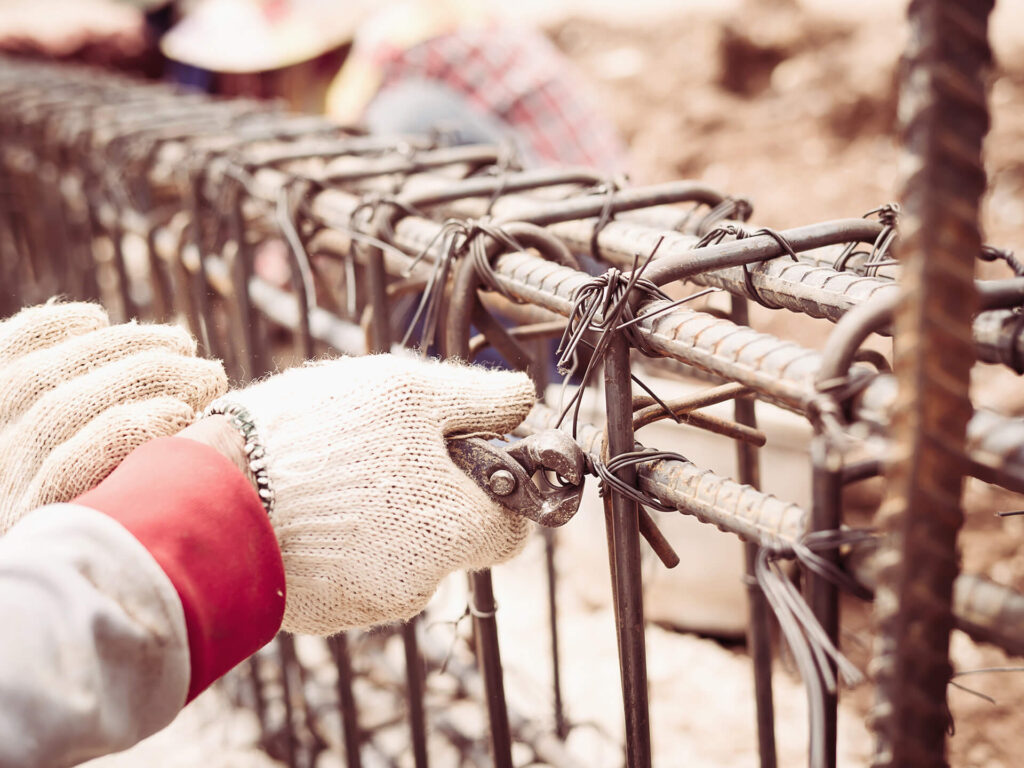
Best Practices for Rebar Installation: Ensuring Structural Integrity with Quality Rebar
Rebar, short for reinforcing bar, is a critical component in construction projects, particularly in concrete structures. Its role is to add tensile strength to structures, compensating for concrete’s natural weakness in tension. Proper installation of rebar is crucial to ensure the structural integrity of a building, especially in regions prone to seismic activity. This article will provide some tips for construction workers on how to properly install rebar, underlining the importance of quality rebar providers like JMS Rebar, a renowned supplier in the Carolinas.
1. Understanding Your Design
Before beginning any rebar installation, it’s crucial to understand the design and specifications of the structure. The blueprints will indicate where the rebar needs to be placed, the size and type of rebar to be used, and the spacing between bars. Always refer to the design documents throughout the project to ensure accuracy.
2. Choosing Quality Rebar
Not all rebar is created equal. Choosing high-quality rebar like that provided by JMS Rebar can make a significant difference in the strength and longevity of a structure. JMS Rebar is known for its superior quality, ensuring that construction workers in the Carolinas and beyond have access to the best materials for their projects.
3. Proper Placement and Spacing
Rebar should be placed as per the engineer’s specifications in the design plans. Typically, rebar is positioned in a grid pattern, with equal spacing between bars both vertically and horizontally. It’s crucial that the rebar is set at the right depth within the concrete to ensure it can provide the necessary structural support.
4. Securing the Rebar
Once the rebar is in place, it needs to be securely fastened to prevent it from moving during the concrete pour. This is usually done using tie wire and a rebar tie tool. Make sure that all intersections of rebar are tied together.
5. Using Rebar Caps
Safety is paramount on any construction site. As rebar can pose a hazard, it’s recommended to use rebar caps on exposed ends to prevent injuries. This is especially important when rebar is left protruding from concrete for future construction phases.
6. Checking and Double-Checking
Before the concrete pour, it’s essential to double-check the rebar installation. Make sure that the rebar is positioned and secured correctly and matches the design specifications. Any errors detected after the concrete has been poured will be extremely difficult, if not impossible, to correct.
7. Continuous Learning
As with any construction technique, the best practices for rebar installation evolve over time. Stay up-to-date with the latest guidelines and recommendations from industry bodies and continually refine your skills.
In conclusion, proper rebar installation is fundamental to the structural integrity of a building. By understanding the design, choosing quality rebar, ensuring proper placement and spacing, securing the rebar, using rebar caps for safety, and routinely checking the installation, construction workers can ensure a successful project. Providers like JMS Rebar play a crucial role in this process by supplying quality materials that meet the high standards of today’s construction industry.